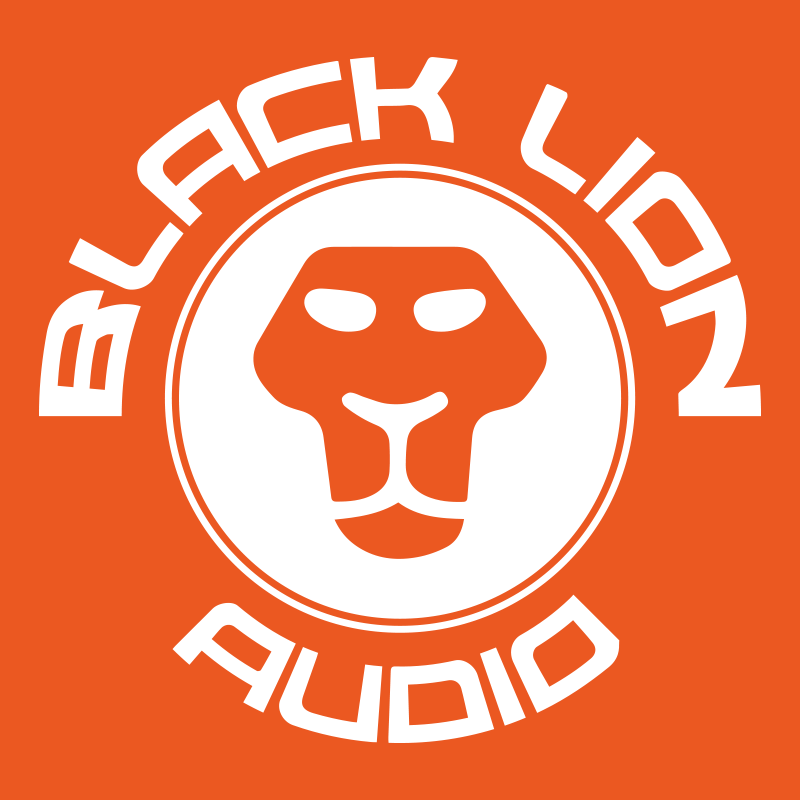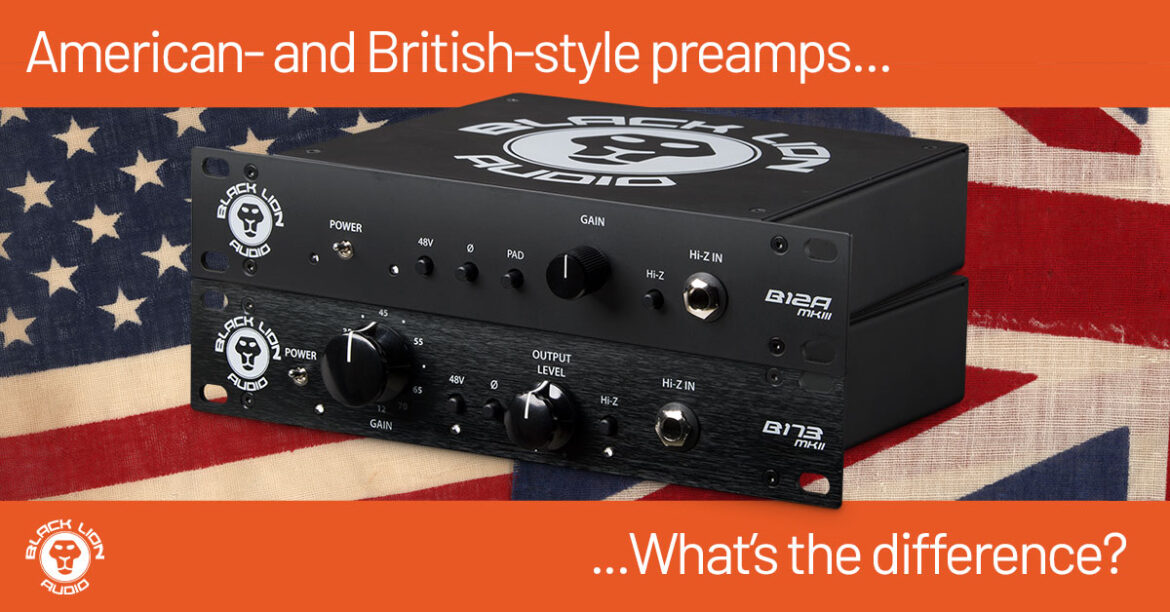
“American-style” and “British-style” have been used to describe mic preamps for a while now. But what is meant by that, exactly?
Well, back in the ’60s and ’70s, there were two leading preamp designs that are now widely known to be classics—one was designed in the states; the other across the pond. As manufacturers later started designing homages to these classic circuits, distinguishing them as “American” and “British” became a good way to identify a preamp’s character and inspiration—without name-dropping the original manufacturers.
What’s the difference between “American” and “British” preamps?
Short answer: they sound different from one another. Here’s how:
American-style microphone preamps
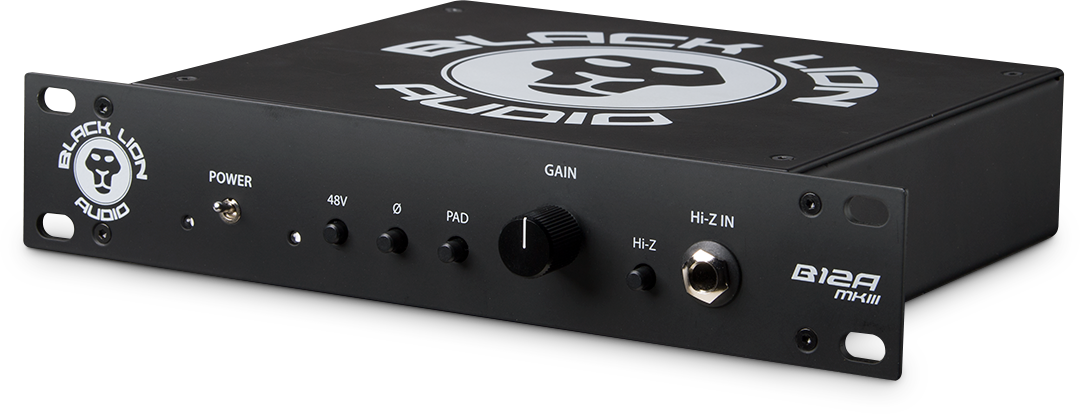 Black Lion Audio’s American-style mic preamps are led by the B12A-series; available in single, dual- or quad-preamp designs. Historically, American-style pres are known for cleanliness (low-noise) and transparency—meaning they don’t lend a ton of color to the sound they are recording; some people describe them as “honest.”
Black Lion Audio’s American-style mic preamps are led by the B12A-series; available in single, dual- or quad-preamp designs. Historically, American-style pres are known for cleanliness (low-noise) and transparency—meaning they don’t lend a ton of color to the sound they are recording; some people describe them as “honest.”
American-style preamps tend to have a quick transient response, making them well-suited to accurately reproduce the attack, or initial transient of a percussive sound source. This makes them ideal for recording drums, percussion, and staccato rap vocals. American-style preamps have generally offered lower gain than their British brethren, at around 65 dB, making them a somewhat less appropriate choice for gain-hungry dynamic mics in the style of the Shure SM7B.
When driven, American-style preamps tend to subtly color the input signal by pushing the upper-middle frequencies forward and adding a bit of bite/grit to the signal. This can sound great to add a bit of heat or aggression for rock productions; even on vocals.
British-style microphone preamps
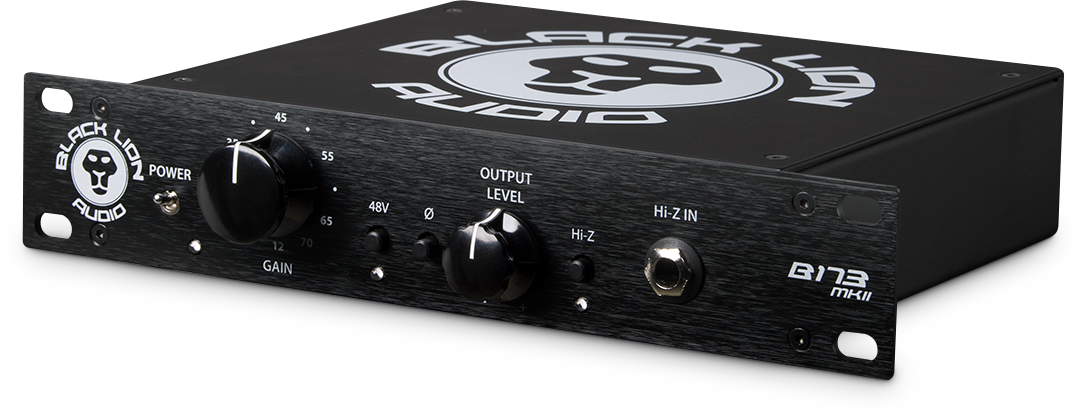 Black Lion Audio’s British-style mic preamps are led by the B173-series; available in single, dual- or quad-preamp designs. Historically, British-style preamps are known for a warm, smooth sound often associated with “vintage” recordings, and can add more than a touch of color to a recording when driven. Historically, they offered around 80 dB of gain, and as a higher-gain preamp style, a British-style pre is a great pairing for more power-hungry mics.
Black Lion Audio’s British-style mic preamps are led by the B173-series; available in single, dual- or quad-preamp designs. Historically, British-style preamps are known for a warm, smooth sound often associated with “vintage” recordings, and can add more than a touch of color to a recording when driven. Historically, they offered around 80 dB of gain, and as a higher-gain preamp style, a British-style pre is a great pairing for more power-hungry mics.
British-style preamps tend to have a slower transient response than their American counterparts, which gives them a softer, more rounded attack. This makes them well-suited for recording instruments with slower transients such as vocals, bass, and fingerstyle acoustic instruments.
When driven, British-style pres are known for adding an often-desirable harmonic distortion and saturation to their signal. This can bestow everything from a gentle sense of warmth to hot overdrive; as a result, many British-style preamps also feature an Output Gain control. Without it, driving the front-end of the preamp for the desired saturation could otherwise raise the output signal to unusable levels.
Which mic preamp is right for me?
Well, that depends on what you like, and the music you’re making. There’s no single right answer. What works for one engineer on one source might not work for another engineer on the same source. Experiment to find out what you like!
- To some, American preamps are “clean, mid-forward, and edgy.” To others this means “boring, nasal, and brash.”
- To some, British preamps are “round, warm, and vintage.” To others, this means “dull, lacking detail, and old-fashioned.”
In the end, we feel you should always make the choices that best serve your songs.
What the heck is a “Chicago-Style” preamp?
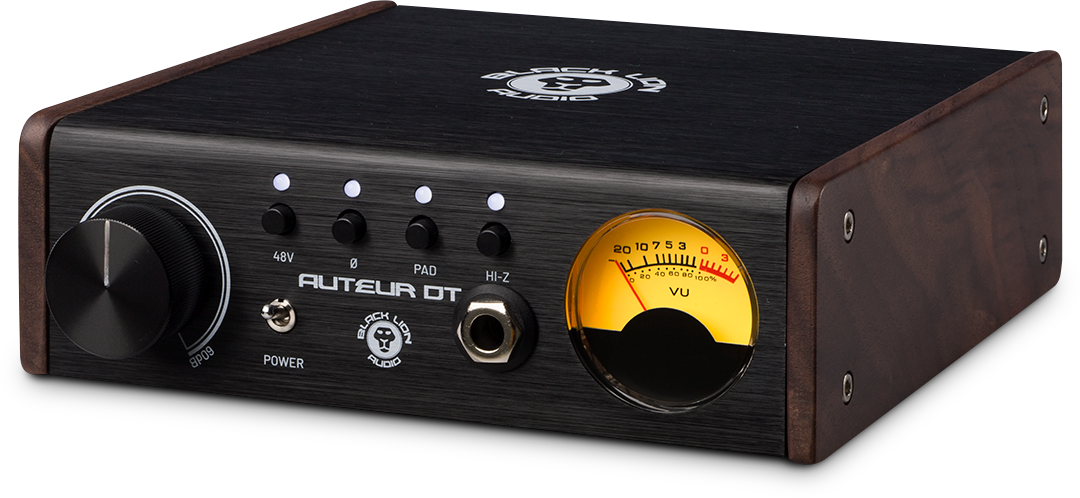 “Chicago-style” is Black Lion marketing-speak for “our own preamp design,” because Black Lion Audio is in, and loves, Chicago. Represented in our Auteur-series, we feel the Chicago-style preamp offers the best of both worlds—the fast attack of American preamps with the warmth and color of the Brit—if you want it.
“Chicago-style” is Black Lion marketing-speak for “our own preamp design,” because Black Lion Audio is in, and loves, Chicago. Represented in our Auteur-series, we feel the Chicago-style preamp offers the best of both worlds—the fast attack of American preamps with the warmth and color of the Brit—if you want it.
Preamp differences at-a-glance:
| Street term | Black Lion product family | Inspiration | Transient response | Output level control | Drive | Tone Color | Ideal for |
| American-style | B12A-series | Classic USA-made console preamps | Fast | No* | High-gain with low distortion | Mid-forward, clear, articulate | Drums, percussion |
| Brit-style | B173-series | Classic UK-made console preamps | Gentle | Yes | Lower gain with higher distortion (if desired) | Round, warm. Saturated, “vintage” | Vocals, guitar, |
| Chicago-style | Auteur-series | A Black Lion original design | Fast | No | Moderate gain with higher saturation at higher gain levels | Transparent front-end, colorful output | Jack-of-all-trades |
*Except for B12A Quad
My mixer or interface already has preamps. Why do I need external preamps?
Because an additional preamp is another tool in your toolbox that offers you more control and features than a preamp built-in to another device. A dedicated preamp will also generally be able to provide you with more gain and deliver a broader tonal color palette when driven. Furthermore, an external preamp or two lets you mix and match different preamps to your mics for a wide array of sonic character options.
How to connect a preamp to an audio interface
Using an external preamp with your existing interface is easy. Just be sure to connect the Output of your preamp to a line-level Input of your interface.
Before passing signal through your preamp, set up your interface for using your external preamp:
- Make sure +48v and Instrument input options are both disabled on the interface.
- Turn down the interface gain all the way. All gain should be applied from the outboard preamp to minimize noise.
 That’s it! You’re good to start recording with your outboard preamp. Experiment with different preamp settings, different mics, different placements… the possibilities are endless!
That’s it! You’re good to start recording with your outboard preamp. Experiment with different preamp settings, different mics, different placements… the possibilities are endless!
Comments (4)
-
Ok where does the black lion eighteen fall ? British ? American? Chicago?
-
Author
Great question! As an EQ, obviously the tonal quality is less “hard-wired” and more up to the user’s settings.
Leaving the EQ section aside for a moment, the preamp itself is based on early American preamps – an earlier design than that of the B12A, actually. It has a slower, more classic sound than the more modern sound of the B12A. The fact that it’s based on an earlier design not often associated with the “American” nomenclature, we didn’t include the Eighteen in the above—but now you’ve got me thinking I should add it!
-
-
Nice break down I really enjoyed reading the article. Black Lion rocks!!!!!!
-
Author
Appreciate it!
-
